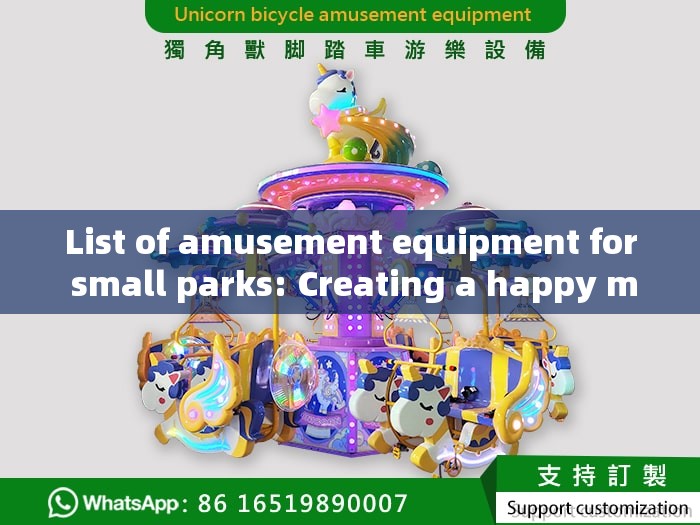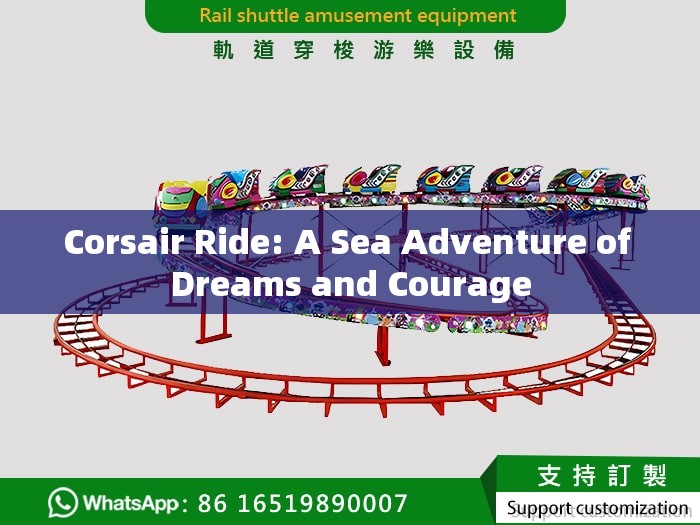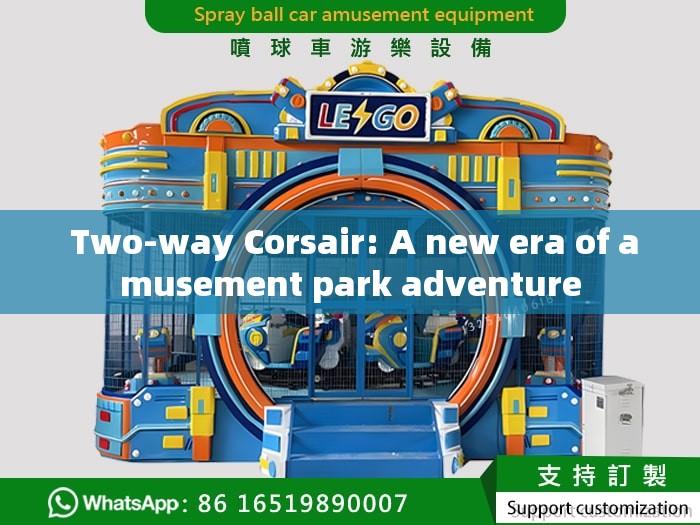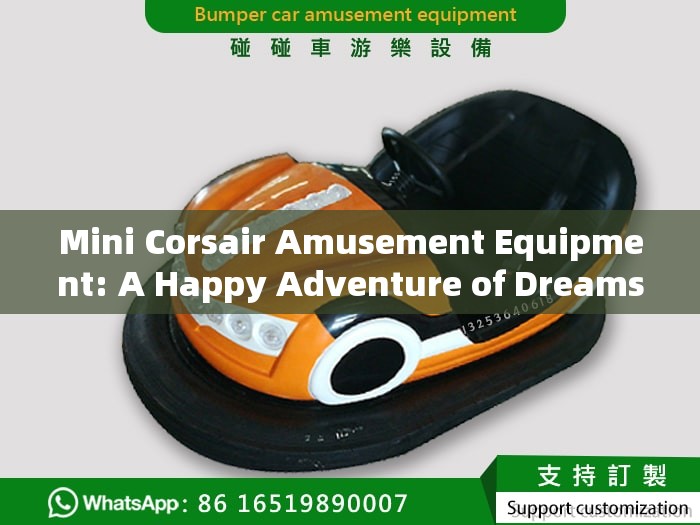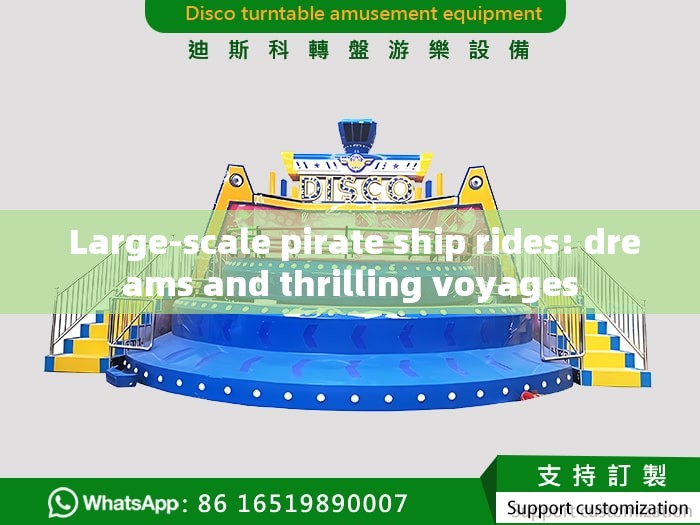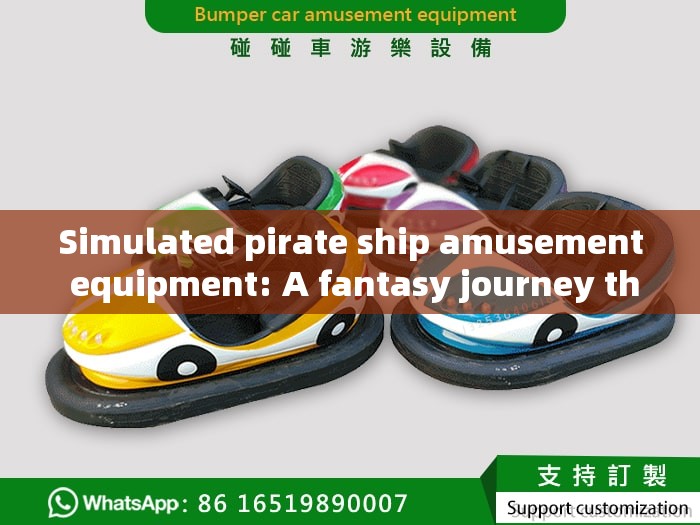In the fantasy light and shadow of theme parks and the laughter of community squares, amusement equipment has long surpassed simple entertainment tools and become an emotional link connecting happiness and security. When the industry enters an era of refined competition, how to define a "high-quality" amusement equipment supplier? The answer is hidden in the three-dimensional coordinates of technological innovation, safety philosophy and humanistic care.
1. Safety: The invisible moat
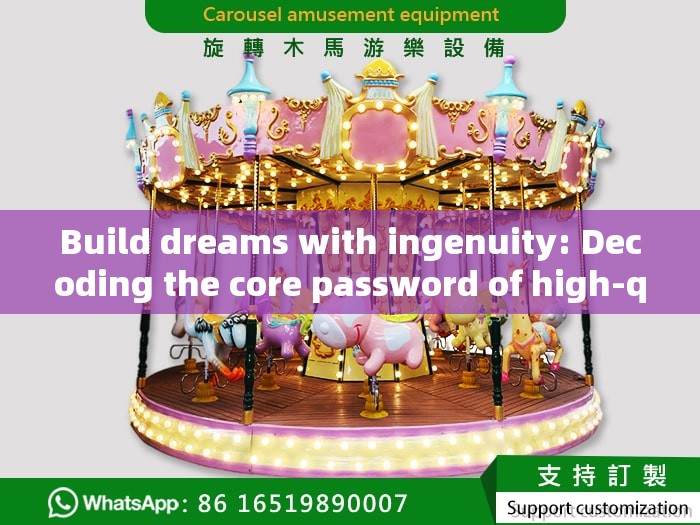
A roller coaster accident in an international theme park once attracted global attention. The track rupture caused by metal fatigue froze laughter instantly. This case reveals a cruel truth: 90% of the crises in the amusement equipment industry stem from lax safety. High-quality suppliers are well versed in the principle of "safe redundant design"-in the production workshop of a well-known German company, each set of equipment must undergo fatigue tests three times more than the national standard. The connections are made of aerospace grade aluminum alloy, and the surface treatment process can withstand Twenty years of ultraviolet erosion.
This paranoia extends to the service chain: a drowning prevention system designed by a China supplier for a water park in Hainan uses Internet of Things sensors to monitor the water flow speed in real time. When abnormal fluctuations are detected, a three-level warning mechanism is activated within 0.3 seconds. What deserves more attention is the penetration of "safety culture"-from workshop workers to installation engineers, each person must complete 200 hours of safety training every year, and the assessment pass rate must reach 100%.
2. Innovation: a never-ending merry-go-round
While traditional carousels are still competing in horse shapes, a Dutch company has developed an "emotion sensing system" that uses facial recognition technology to adjust light color and music rhythm. Behind this breakthrough innovation is an R & D investment of 8% of annual revenue. High-quality suppliers often build "three-dimensional innovation matrices": materials science laboratories explore the application of carbon fiber in amusement equipment, digital twin technologies simulate ten years of equipment operation, and user behavior big data guides new category development.
The innovation path of China companies is more local wisdom. An "age-friendly amusement facility" developed by a manufacturer in Zhejiang for an aging society adopts a progressive cushioning design, adjustable seat height, and an antibacterial coating is implanted on the surface of the armrest. This "reverse innovation" not only opens up new markets, but also redefines the boundaries of amusement equipment-it can be rehabilitation equipment or social space.
3. Customization: The transition from product to experience
When a royal park in Dubai raised the demand for a "desert-themed immersive amusement system," most suppliers were deterred. The Italian team that finally took the order took 18 months to develop a 4D theater that simulated sandstorms. The vibration frequency of the seats was completely synchronized with the movement of sand grains in the picture. This case reflects the core capabilities of high-quality suppliers: transforming customer abstract concepts into experiential scenarios.
Customized services are undergoing qualitative changes. The "Amusement Equipment Cloud Platform" launched by a Japanese company allows customers to adjust equipment parameters in real time through VR technology, and can be personalized from color matching to interactive links. The more profound change lies in the innovation of service models-from pure equipment supply to "overall solution providers", covering the full life cycle services of early site survey, mid-term installation and debugging, and later operation and maintenance.
4. Sustainability: When the Green Revolution is underway
In the eco-park on the outskirts of Copenhagen, all amusement equipment is made of recycled marine plastic, and the surface coating can degrade naturally. Behind this extreme environmentalism lies high-quality suppliers 'deep understanding of ESG (Environmental, Social, Governance). Leading companies are building a "circular economy model": after the equipment's useful life ends, 95% of the components can be disassembled and reorganized, and the remaining 5% can be converted into derivative products such as park benches.
The energy revolution is equally profound. In the solar roller coaster of a certain company in Australia, the track itself is a photovoltaic panel, which stores energy during the day and operates at night to achieve zero carbon emissions. This innovation not only responds to carbon neutrality policies, but also creates a unique marketing selling point-an environmental organization lists riding this roller coaster as a "green citizen certification" project.
Standing at the critical point of industry change, high-quality amusement equipment suppliers are completing the transformation from manufacturers to "happy architects." They use nanoscale safety standards to build the Great Wall of Trust, expand the boundaries of imagination with disruptive innovation, create unique experiences through deep customization, and finally find a balance between business and responsibility in sustainable development. When children bloom on the equipment, these invisible engineering philosophies are quietly rewriting the future picture of the amusement industry.

